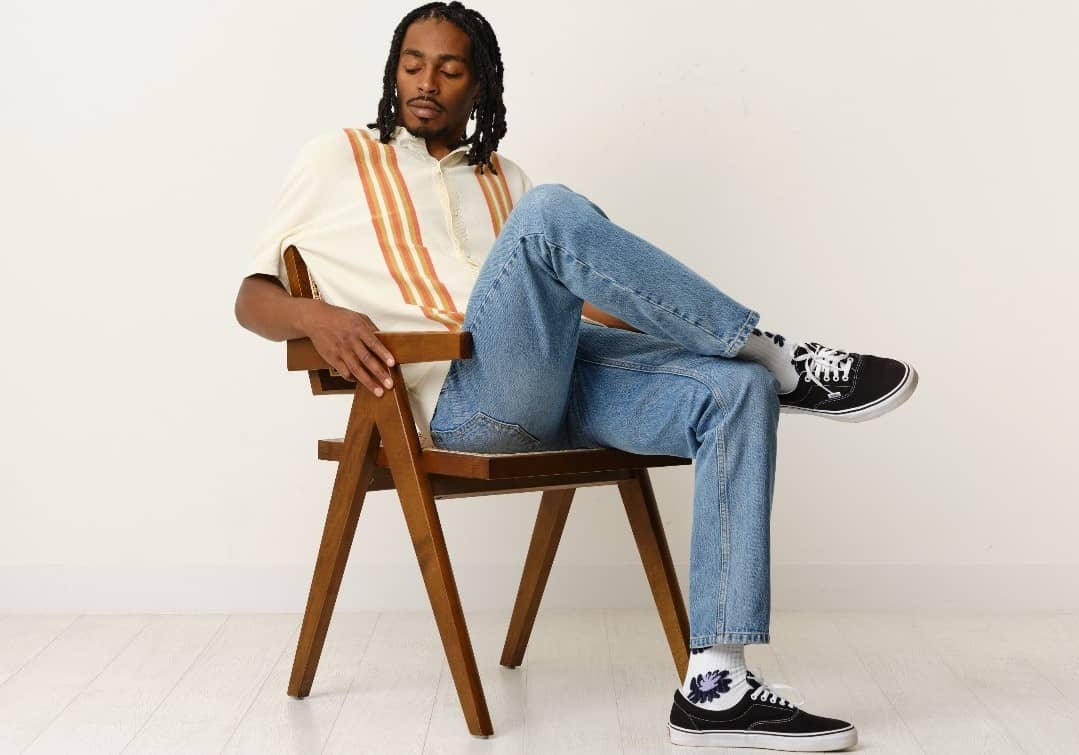The Evolution of Sex Part 3: On the Genetic Superiority of Women
Dec 24, 202512 Most Influential Men’s Fashion Designers Of The 21st Century
- Oct 15, 2023
- 0 Comments
503

Like to think you operate outside the influence of fashion? Think again. From the colour of your shirts to the cut of your pants, all of menswear is influenced by a trickle-down effect that begins in the minds of the industry’s top creatives and winds up in your wardrobe.
The designers operating at the apex of the fashion world, whether it be in haute couture or streetwear, have a huge influence on the direction of menswear in general. These are the people who effectively decide what we all wear, whether we want to accept the fact or not.
With that in mind, it’s a good idea to familiarise yourself with the people calling the shots. After all, if someone is surreptitiously picking your outfits for you, you should probably know their name at the very least.
Below you’ll find a handpicked list of what we feel are the most influential names in menswear. These are the designers who have set the trends, shaken up the status quo and re-sculpted the men’s fashion landscape to their liking.
Ralph Lauren
Ralph Lauren’s signature mix of preppy staples, sportswear and tailoring has set the standard for American menswear. Young tastemaking labels like Aimé Leon Dore and Noah owe their success to the NYC designer’s template, and their current popularity has highlighted RL’s timeless, ageless appeal.
How many labels are there that are equally popular among teens and their grandparents? Not many, which is a testament to Ralph Lauren’s eye for good design and his staying power as one of the major forces in men’s fashion.
Giorgio Armani

As tailoring stages a timely comeback, the designers who made it their MO are being thrust back into the spotlight. Giorgio Armani is a designer who was instrumental in bringing tailoring into the late 20th Century and beyond with his trademark brand of streamlined elegance.
An Armani suit has long served as the high-water mark for what modern tailoring should be, and as formal styles begin to crop back up with increasing frequency, Armani’s mark on the industry is as apparent as ever.
Virgil Abloh
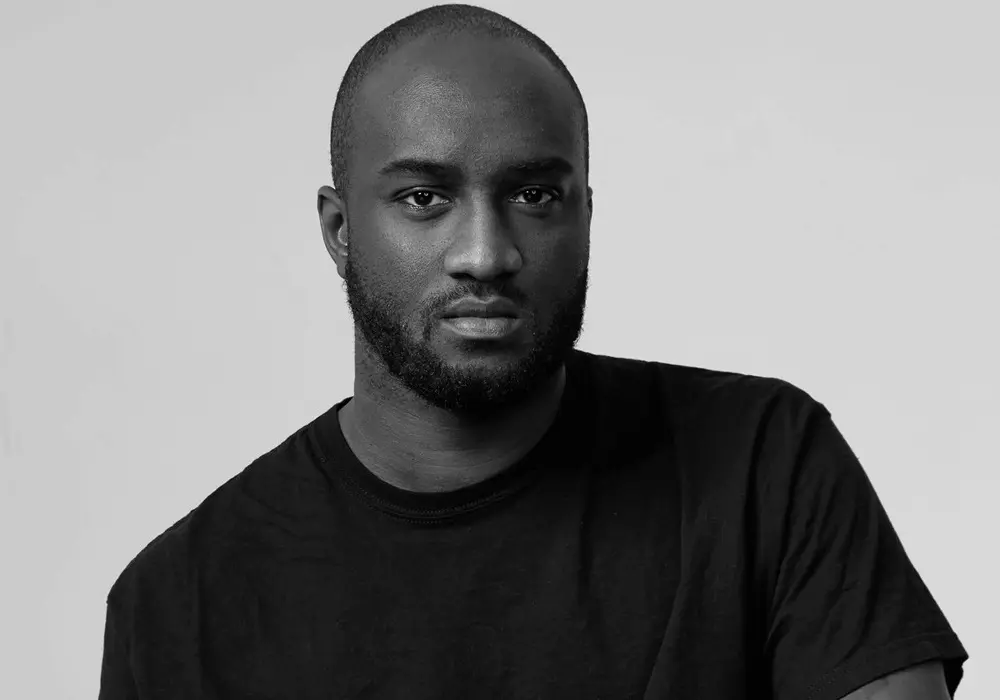
The late Virgil Abloh completely shook up the world of high fashion. He fused streetwear and haute couture, making the former cool again while breathing new life into the latter. As well as being one of (if not the) most important designers of his era, he will also be remembered for opening high fashion’s doors up to those to whom they might otherwise have been closed.
He was known for mentoring younger Black designers and employing others within the design team at Off-White, and he had 3,000 students at his first Louis Vuitton show in 2018. For us, he’s the most important menswear designer of the 2010s and one whose legacy will still be playing out decades from now.
Demna Gvasalia
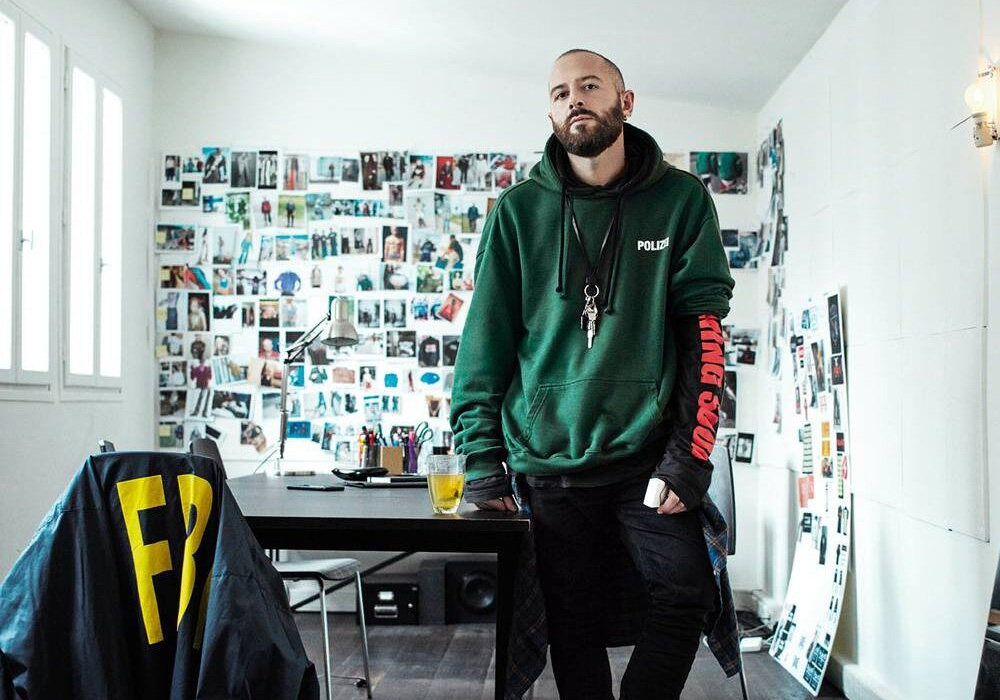
Whether you’re a fan of his genre-defying, gender-bending, boundary-pushing designs or not, there’s no denying that Demna Gvasalia is one of the most disruptive designers men’s fashion has seen in decades.
His work at Vetements and Balenciaga has helped to rewrite the fashion rulebook and his key designs, like the Balenciaga Triple S sneaker have been instrumental in kicking menswear onto its current oversized and maximalist course.
Teddy Santis
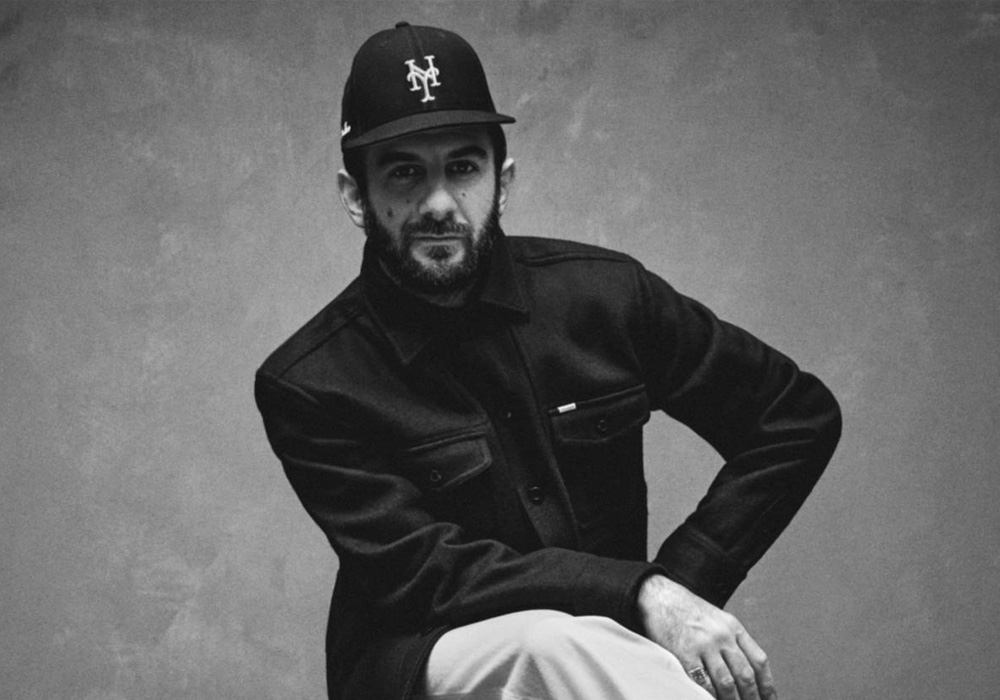
Aimé Leon Dore is the label of the moment. Everyone wants to be seen in its clothes, photographed drinking little cups of coffee at one of its Instagram-friendly in-store cafes or spotted in a pair of co-designed Made in USA New Balance.
The man behind it all is Queens native Teddy Santis – a man who has become famous for making streetwear mature by blending sporty elements with preppy silhouettes and design motifs. It’s an aesthetic that has come to define the current fashion era and has put Santis firmly on the map as one of the biggest names in the new era of so-called streetwear.
Tom Ford
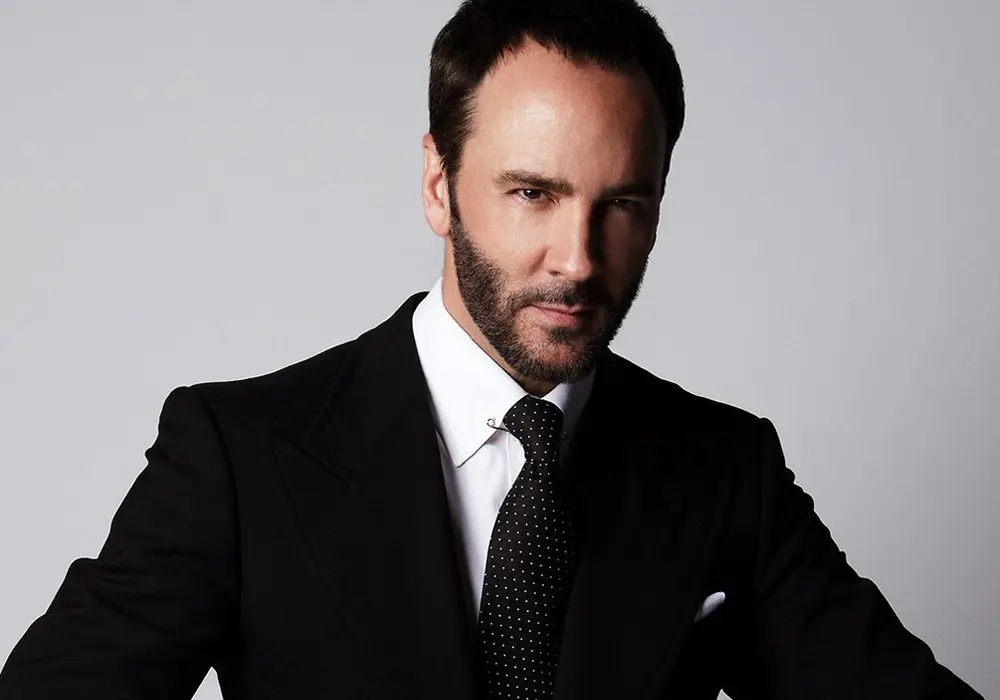
Known for his razor-sharp tailoring and even sharper facial hair, Tom Ford has had an immeasurable influence on modern menswear. Ford switched to fashion after initially studying in Paris to become an architect. Five years after graduating, he landed a role as a womenswear designer at Gucci and went on to become Creative Director.
Ford brought Gucci back from the brink of obscurity, swapping minimalism for sleek sexiness and turning the French fashion house into one of the most talked about in the industry.
Today, he’s best known for creating high-end tailoring, eyewear and some of the world’s most iconic luxury fragrances at his eponymous menswear label, which is now owned by Estée Lauder.
Alessandro Michele
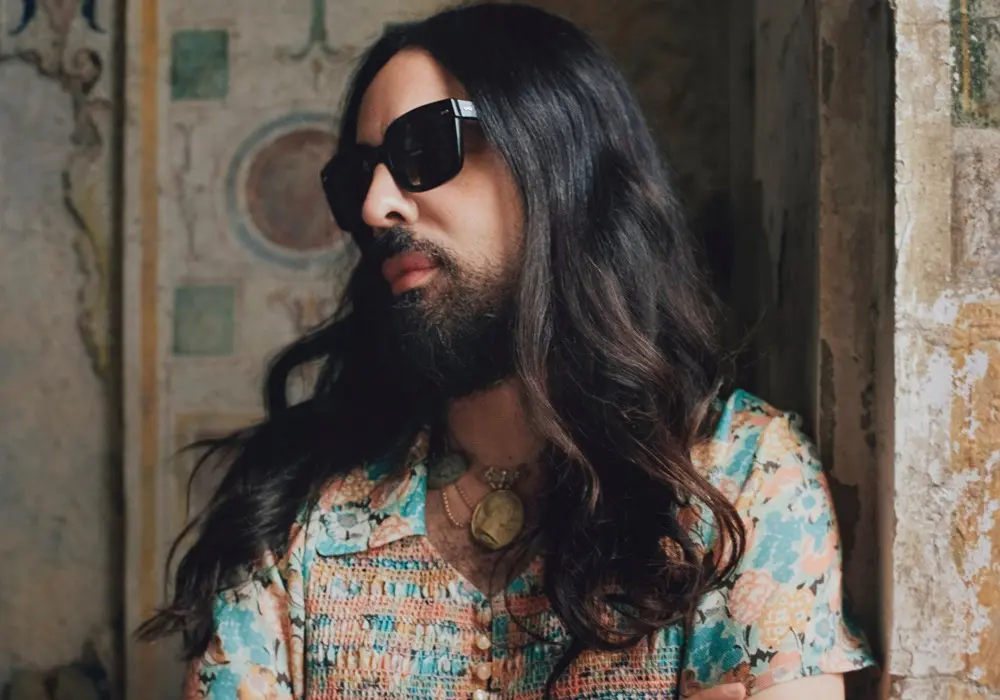
From one Gucci Creative Director to another. Alessandro Michele was relatively unknown when he assumed the prestigious position in 2015. With a lot of genre-jumping and inconsistency, Gucci had lost its way somewhat after 2004, but Michele brought with him a strong sense of identity and a clear focus on where the label should be heading.
From gold-trimmed androgynous opulence and Japanese embroidery to 1970s-inspired colour palettes, Michele put his stamp on the brand and, by extension, the entire industry. His innate ability to tap into the zeitgeist and give people exactly what they want (even if they didn’t know they wanted it) is the reason Gucci is the most popular luxury brand in the world today.
He has since left the historic Italian label, but his era will long be remembered as the one that brought the label back to life.
Kim Jones

British designer Kim Jones is another key player in the high-fashion/streetwear crossover. He’s worked with brands including Dunhill, Iceberg, Alexander McQueen and Hugo Boss. But he’s probably best known for his time as Louis Vuitton’s Artistic Director.
At Louis Vuitton, Jones brought a unique, streetwear-inflected aesthetic to the table. He even orchestrated a historic collaboration with transcendent skate label Supreme, which it could be argued was the defining moment in fashion’s then-blossoming love affair with streetwear.
After leaving LV in 2018, Jones embarked on a new journey as artistic director of Dior Homme.
Rei Kawakubo
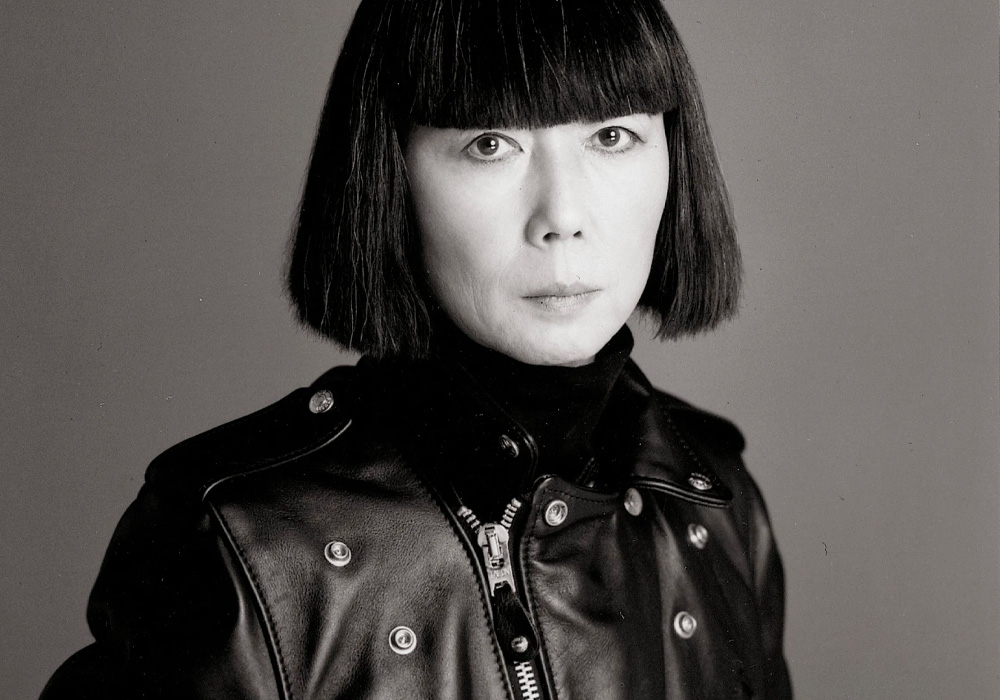
Pioneering Japanese designer Rei Kawakubo is the woman behind Comme des Garcons. She has helped to transform men’s fashion and fashion in general through her weird and wonderful avant-garde creations, which challenged conventional ideas of masculinity long before the current wave of gender-bending designers were around.
Kawakubo’s high-end boutique department store, Dover Street Market, is widely acknowledged as one of the first real ‘concept’ stores and has acted as a springboard to help launch the careers of numerous boundary-pushing menswear designers.
Rick Owens

Often referred to as the Lord of Darkness, Californian designer Rick Owens’ uniquely dark, moody, futuristic and gothic approach to menswear design has had a profound influence on the industry.
His unusual silhouettes, innovative use of shape and gender fluidity have made his work instantly recognisable while inspiring a wave of younger designers and cementing his signature aesthetic as the unofficial look of LA haute couture.
Raf Simons

Belgian designer Raf Simons’ CV is enough to put even the most seasoned of industry heavyweights to shame. Over his career, he has served as creative director at Jil Sander, artistic director at Dior, chief creative officer at Calvin Klein, and since 2020 has been co-creative director of Prada alongside Miuccia Prada herself.
His own self-titled label (although now sadly defunct) was influential in menswear in terms of its use of shape and form. From oversized tailoring to chunky sneakers, Raf Simons has been instrumental in kickstarting countless trends. In fact, it could be argued that the megatrend for bulky kicks can be traced back to Simons, not Balenciaga. The designer’s Adidas Ozweego sneaker was really the first intentionally ‘ugly’ silhouette, paving the way for the biggest sneaker trend of the decade.
Riccardo Tisci
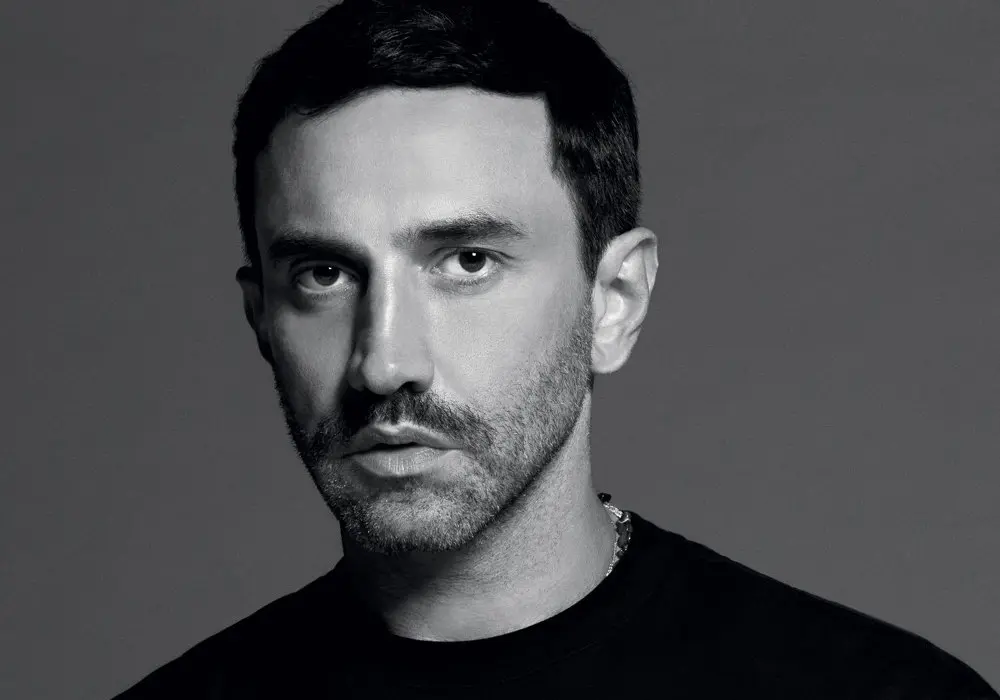
Italian fashion designer Riccardo Tisci made his mark on fashion by resurrecting Givenchy after a period of unprofitability. His menswear collections for the brand were met with widespread acclaim and many of his ready-to-wear pieces – such as printed T-shirts and studded sneakers – became fashion staples.
Tisci was hired by Burberry in 2018 which sent the faltering label’s share prices soaring. He reinvented the British brand’s image and helped it expand into the luxury streetwear arena.
Under his watch, the Burberry logo, flagship stores, haute couture and ready-to-wear collections have been hauled over and redesigned, bringing the historic brand back up to date and putting the UK on the high-fashion map once again. Tisci has since exited the company in 2022 and now the industry awaits with bated breath to see where he lands next.
Publisher: Source link







